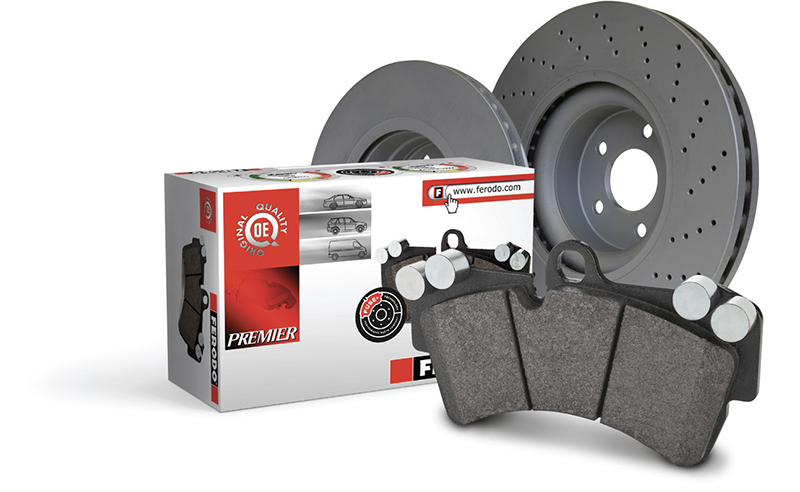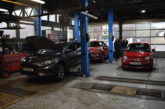
As PMM has said before, EVs bring a wealth of servicing opportunities to the independent aftermarket. Ferodo, DRiV Motorparts’ OE braking brand, argues that the heavier weight of EVs means brakes will need frequent servicing.
Five years ago, conversations about the advent of electric vehicles typically began with “if.” Today, they are centred around “how fast” the now-real shift to EVs will occur. And then how will this shift change the nature of the relationship between consumers and their vehicle service providers?
A recent study indicated that the service waiting period for customers relying on vehicle dealerships has surpassed a full day. Aftermarket providers who can provide faster service and greater convenience – whether for an ICE or EV – will have a significant competitive advantage.
Recent data shows that despite a 500 per cent increase in EV sales since 2019, ICE vehicles still comprise more than 98 per cent of the passenger car population on European roads. This massive share will decline only gradually over a period of several years. We also know that today’s ICE vehicles are better performing, longer lasting and more valuable as personal assets than any earlier generation of passenger vehicles. Average vehicle age now exceeds 12 years overall and continues to rise thanks to a variety of factors: increased quality/durability; the rising cost of new and used cars; and, at least temporarily, supply chain shortages that have reduced the availability of new vehicles. Bottom line, existing parts and service opportunities tied to the ICE car parc will likely remain strong well into the next decade.
Taking work from the dealer
Every major change in automotive technology – from rear-wheel drive to front-wheel drive and the introduction of electronic fuel injection and engine controls – was initially viewed as a threat to the aftermarket, only to become a new source of industry growth. There is a similar opportunity in the shift to EVs.
In addition to more frequent tyre replacement, the weight and positioning of EV battery packs can exert added stress on components in a variety of driving situations. This is good news for the aftermarket and brake servicing will remain strong.
With the long-term reduction of oil changes and other services specific to ICE vehicles, brake service will take on even greater prominence for workshops. While there has been some concern raised about the reduction of friction wear due to regenerative braking, the reality is that the availability of EV- and HEV-specific braking technologies will help independent workshops earn new customers at the expense of OE dealers.
The key is to focus on what we know vs. what we expect. What we know is that EVs place severe demands on brake system components. Due to the weight of battery packs for example, EV brake pads often must provide greater stopping power. Additionally, the significantly faster acceleration of EVs could increase the incidence of sudden, severe stops – again requiring high-performance stopping.
We also know that brake noise and vibration are leading causes of driver complaints. Given the near-silent operation of battery-electric vehicles, brake squeal and other noises will be far more obvious to vehicle owners.
Another consideration with battery- electric and hybrid vehicle brakes is that regenerative braking is much tougher on the brake pads. Because regenerative braking reduces the number of times the friction material contacts the brake disc, the material often doesn’t have a chance to reach an ideal operating temperature. This means the friction formulation must provide greater consistency and stability across a comparatively wide thermal window.









